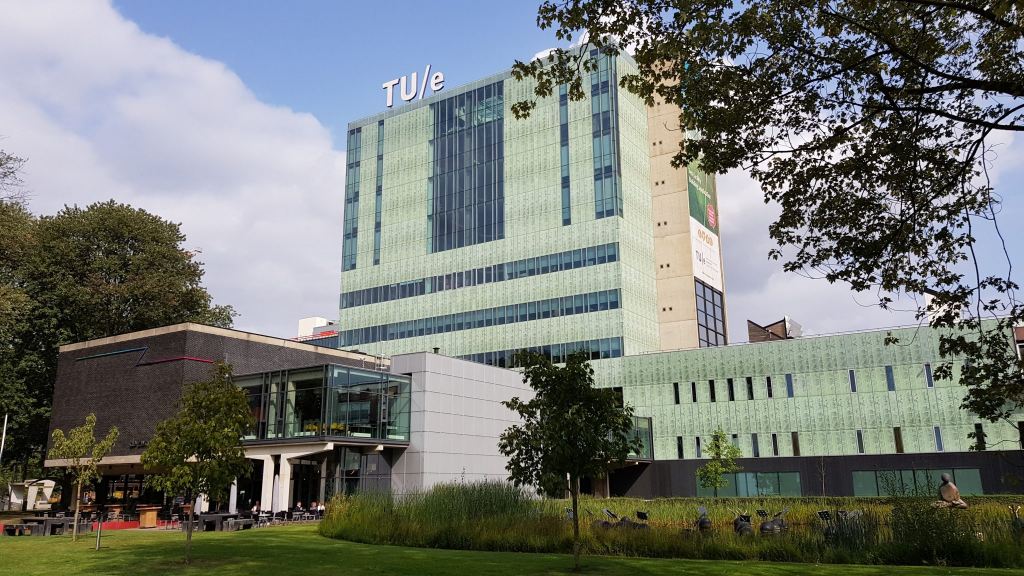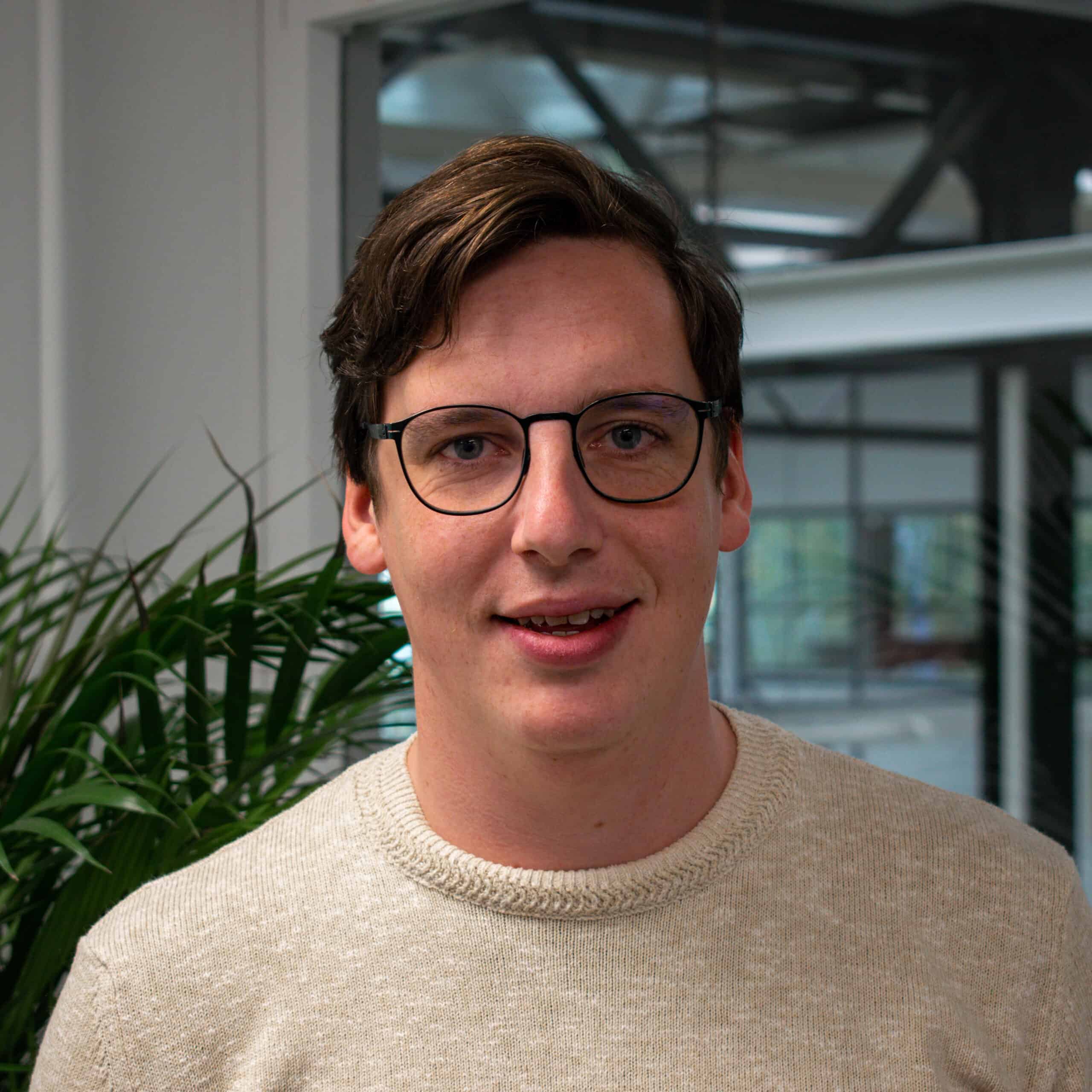
Detecting a hidden layer in a top work of art by Rembrandt, identifying metal fatigue in ships, predicting arteriosclerosis: these are just a few of the possible applications of Smart*Light, a synchrotron that fits on a table. Researchers at Eindhoven University of Technology and Delft University of Technology will build and develop this X-ray source within a consortium of other universities and companies. The high-intensity X-ray beam that this device will produce is now only available via large, expensive and scarce facilities. A symposium on Tuesday 23 January gets the research project officially underway.
At the moment, researchers wanting to work with X-ray have just two options: a compact X-ray tube that emits uncontrolled X-rays in all directions or one of the 70 or so synchrotrons available worldwide – large facilities that produce X-rays with a highly precise direction and amount of energy, very expensively. The most powerful source in Europe is the ESRF in Grenoble.
‘Many researchers that need more than X-ray tubes are pointed in the direction of the expensive synchrotrons, but the enormous specifications they have are not actually needed,’ says Jom Luiten, professor of Coherence and Quantum Technology at Eindhoven University of Technology and one of the initiators of the project. Through Smart*Light the consortium wants to fill this gap and make a ‘scaled-down synchrotron’. ‘A compact, adjustable X-ray source that is less than four meters in length and which can be used in any lab,’ Luiten proposes.
Demand for such a device is expected to come from many different sectors, such as medical diagnostics, high-tech industry, aviation, automation and shipbuilding as well as for art research. Co-initiator Joris Dik, materials scientist at Delft University of Technology, wants to use the X-ray source to find hidden layers in paintings.
‘Smart*Light gives us the possibility to analyze the chemical composition of works of art layer by layer. This is important not only in terms of art conservation but also, for instance, for the purpose of determining authenticity,’ Joris Dik says.

This revolutionary X-ray source operates on a physics principle whereby an X-ray beam is generated from collisions between laser light and accelerated electrons. The theory behind this, known as Inverse Compton Scattering, has been known for decades but the requisite technology has only recently been adequately developed.
The European Fund for Regional Development (Interreg Vlaanderen-Nederland) has meanwhile awarded 2.85 million euros to the research project, which means that the building of a prototype can now be started. The Smart*Light project clusters knowledge from five major universities and different companies with X-ray expertise.
The X-ray source will be built in Eindhoven, with the universities of Antwerp and Gent developing the requisite detection methods, such as X-ray diffraction, fluorescence and tomography. Delft’s involvement focuses on the functionality of the instrument for material and art research. Furthermore, the other companies and organizations involved are: VDL ETG BV, Agfa Healthcare, Erasmus MC, Stichting tot beheer museum Boijmans van Beuningen, TI-COAST, XRE NV, Koninklijk Museum voor Schone Kunsten Antwerpen and Stichting Materials Innovation Institute.
Tuesday 23 January 2018 the kick-off will take place for Smart*Light. The symposium will take in ‘De Zwarte Doos’ on the campus of Eindhoven University of Technology. More information and the program can be found here.

